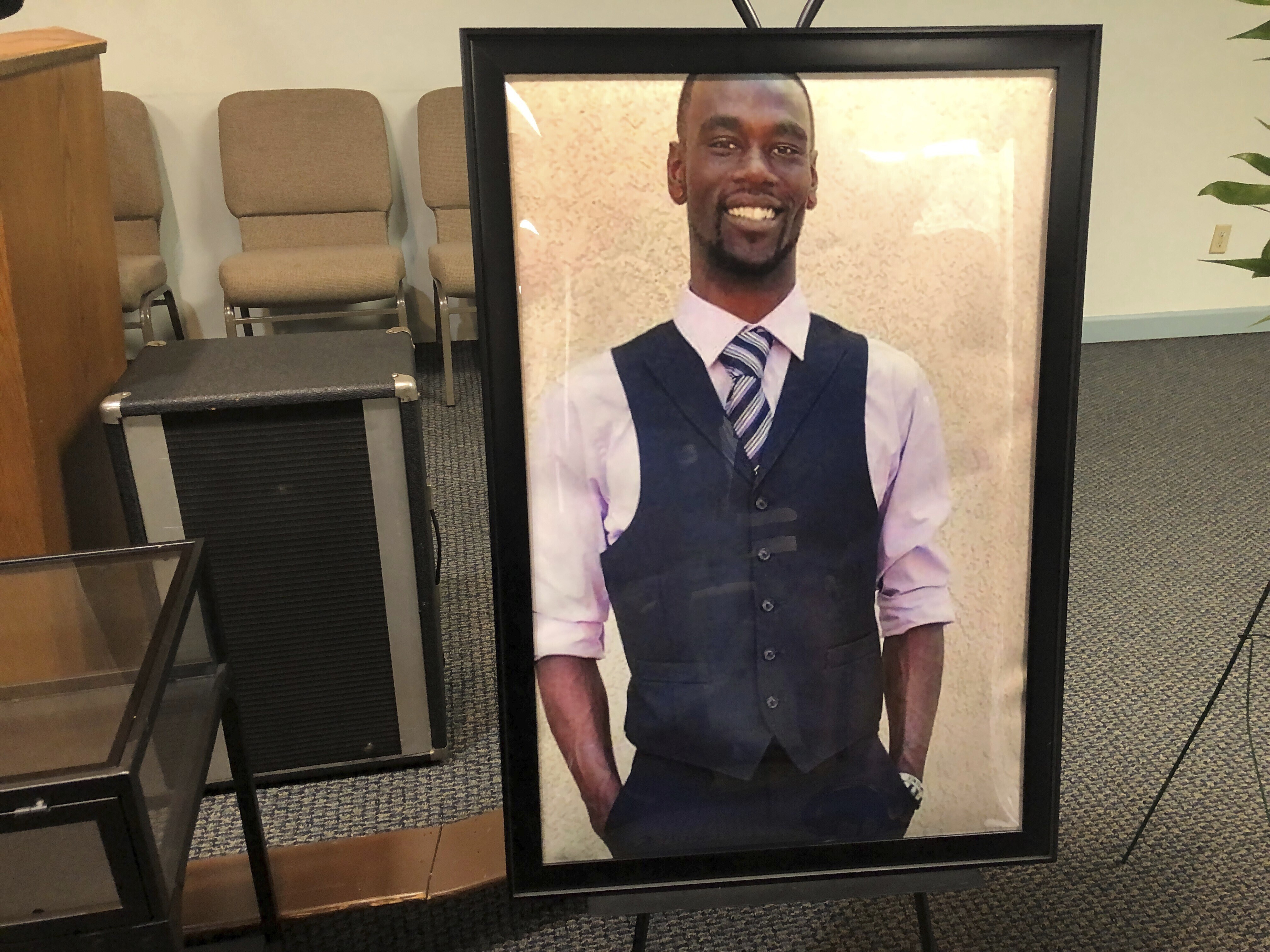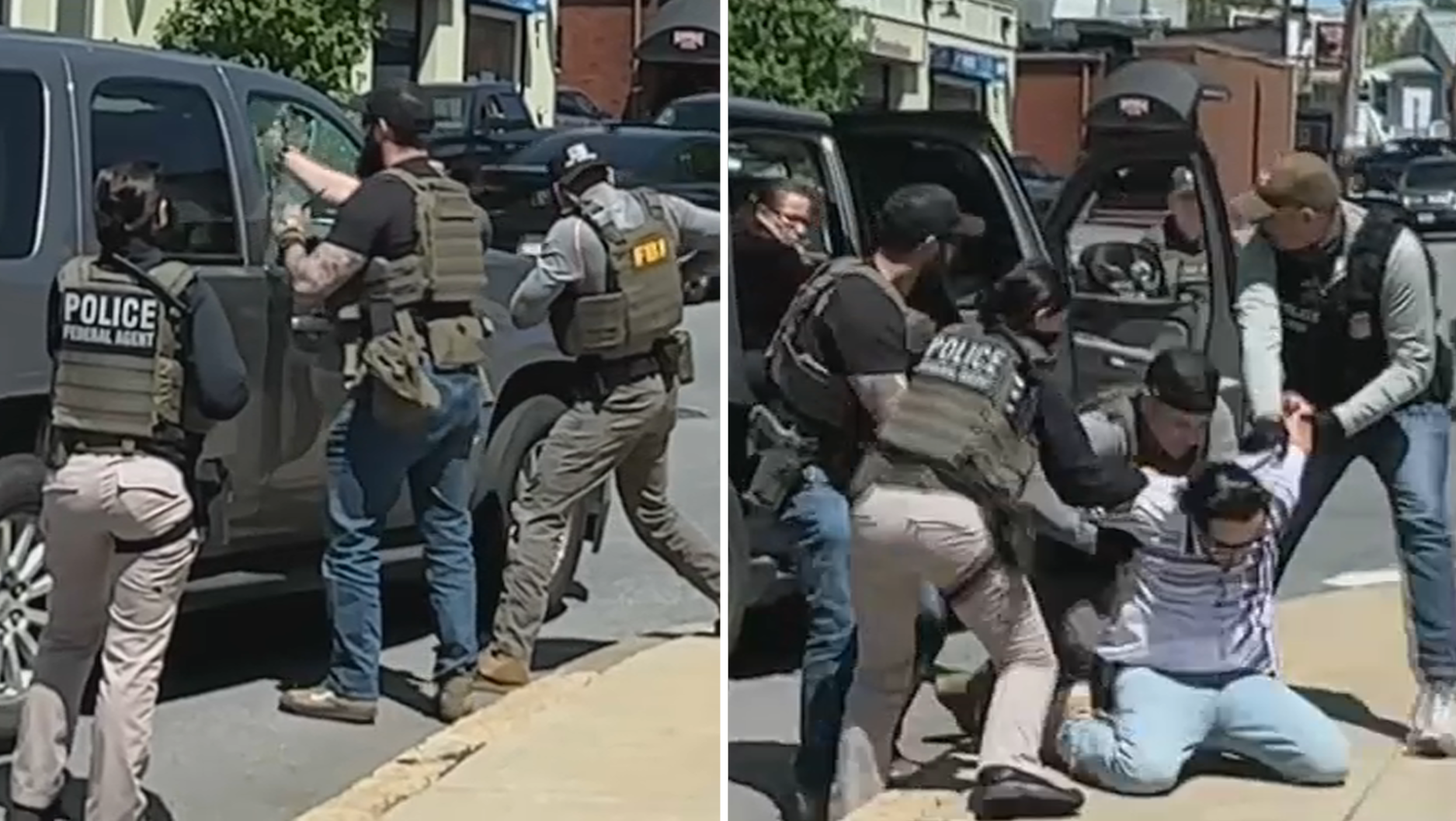Alabama Tasering Death: Family Demands Justice Now!
Tragedy in Decatur: Man Dies After Tasering During Arrest Sparks Outrage
Introduction: A Community Demands Answers
The small city of Decatur, Alabama is reeling after the death of 39-year-old John Daniel “LJ” Scott Jr. Just days after being Tasered during an arrest on April 15th, Scott passed away in hospital, leaving his family and community heartbroken and demanding answers. How could a routine arrest escalate to such a devastating outcome? This is the question echoing across Decatur and beyond.
The Arrest: A Sequence of Events Shrouded in Mystery
Details surrounding the arrest remain hazy, but what we do know is that Scott was taken into custody by the Decatur Police Department on April 15th. According to his family’s lawyers, Scott was experiencing a mental health crisis at the time of his arrest. This crucial detail raises serious concerns about the officers’ response and the appropriateness of using a Taser.
The Use of Force: Was it Justified?
The core question lies in whether the use of a Taser was justified given Scott's alleged mental state. Were de-escalation tactics employed? Was there a clear and present danger that necessitated the use of such force? These are the questions that an investigation must answer.
The Aftermath: From Arrest to Untreated Illness
Following the Taser incident, Scott was transported to Morgan County Jail. This is where the story takes an even more alarming turn. The family's attorneys allege that Scott was left untreated at the jail, his condition worsening until it was "too late." What does "too late" mean in this context? Did medical professionals at the jail fail to recognize the severity of Scott's condition? These are not just questions; they are cries for accountability.
The Critical Window: Missed Opportunities for Care?
Every moment counts when someone is in medical distress. Did the jail staff miss critical opportunities to provide Scott with the care he desperately needed? The timeline of events between his arrest and his eventual death needs to be meticulously examined to determine if negligence played a role.
The Family's Plea: Justice and Accountability Now
Understandably, Scott's family is devastated. They are now channeling their grief into a powerful demand for justice. They are calling for a thorough and transparent investigation into the actions of the officers involved in his arrest and the medical care (or lack thereof) he received while in custody.
Beyond the Investigation: Long-Term Change
The family's pursuit of justice goes beyond simply finding fault. They hope to spark a broader conversation about how law enforcement officers interact with individuals experiencing mental health crises. Can this tragedy serve as a catalyst for much-needed reforms?
The Police Response: Awaiting the Full Picture
Decatur Interim Police Chief Nadis E. Carlisle Jr. has stated that the Madison County Sheriff’s Office is conducting an independent investigation. This is a positive step toward transparency, but the community will be watching closely to ensure that the investigation is truly unbiased and comprehensive.
The Need for Transparency: Rebuilding Trust
In situations like this, transparency is paramount. Releasing all available information – including body camera footage and internal reports – is essential to rebuilding trust between law enforcement and the community.
Tasers: A Weapon with Deadly Potential
While often considered a "non-lethal" weapon, Tasers have been linked to numerous deaths. The risks associated with Taser use, particularly on individuals with underlying health conditions or those experiencing mental health crises, are well-documented.
The Debate: Are Tasers Overused?
Are law enforcement officers relying too heavily on Tasers as a first resort? This is a question that needs to be addressed through comprehensive training and policy review. We must consider whether alternative methods of de-escalation could be more effective and less dangerous.
Mental Health and Policing: A Crisis of Training
This case highlights a critical gap in law enforcement training: how to effectively and safely interact with individuals experiencing mental health crises. Too often, these situations are treated as criminal matters rather than medical emergencies.
The Need for Specialized Training: Crisis Intervention Teams
Investing in Crisis Intervention Team (CIT) training for law enforcement officers is essential. CIT training equips officers with the skills and knowledge to de-escalate situations involving individuals with mental illness, reducing the likelihood of violence and tragic outcomes.
The Broader Context: Racial Disparities in Policing
It is impossible to ignore the broader context of racial disparities in policing. As a Black man, Scott's death raises concerns about whether race played a role in the officers' actions. This is a painful reality that demands honest and open dialogue.
Addressing Systemic Issues: A Path to Equity
Addressing systemic racism within law enforcement requires a multi-faceted approach, including implicit bias training, community policing initiatives, and accountability measures for misconduct.
The Legal Path Forward: Potential Lawsuits
Given the circumstances surrounding Scott's death, it is highly likely that his family will pursue legal action against the Decatur Police Department and the Morgan County Jail. These lawsuits could seek monetary damages for wrongful death and negligence.
Establishing Liability: Proving Negligence
To succeed in a wrongful death lawsuit, the family's attorneys will need to prove that the officers and jail staff acted negligently and that their actions directly contributed to Scott's death. This will involve gathering evidence, interviewing witnesses, and consulting with medical experts.
Community Response: Grief and Outrage
The Decatur community is understandably grieving and outraged by Scott's death. Protests and demonstrations are likely to occur as residents demand justice and accountability. This is a time for healing, but also a time for demanding change.
Supporting the Family: A Community United
The community can support Scott's family by attending vigils, donating to memorial funds, and advocating for police reform. It is important for the family to know that they are not alone in their fight for justice.
Conclusion: A Call for Change
The death of John Daniel “LJ” Scott Jr. is a tragedy that should never have happened. It highlights the urgent need for improved law enforcement training, better mental health care, and greater accountability for police misconduct. Scott's death must serve as a wake-up call, prompting meaningful change that protects the lives of all citizens. The eyes of the nation are on Decatur, Alabama, waiting to see if justice will be served.
Frequently Asked Questions
- What is the official cause of death for John Daniel "LJ" Scott Jr.?
As of the latest reports, the official cause of death has not been released. The family is awaiting the results of an independent autopsy.
- What is the role of the Madison County Sheriff's Office in this case?
The Madison County Sheriff's Office is conducting an independent investigation into the circumstances surrounding Scott's arrest and death to ensure impartiality.
- What is Crisis Intervention Team (CIT) training?
CIT training equips law enforcement officers with the skills to de-escalate situations involving individuals with mental illness, focusing on communication and understanding rather than force.
- What legal options does the family of John Daniel "LJ" Scott Jr. have?
The family has the option to file a wrongful death lawsuit against the Decatur Police Department and/or the Morgan County Jail, alleging negligence and seeking damages.
- How can the community support the family during this difficult time?
The community can offer support through attending vigils, donating to memorial funds, advocating for policy change, and simply offering emotional support to the family.



